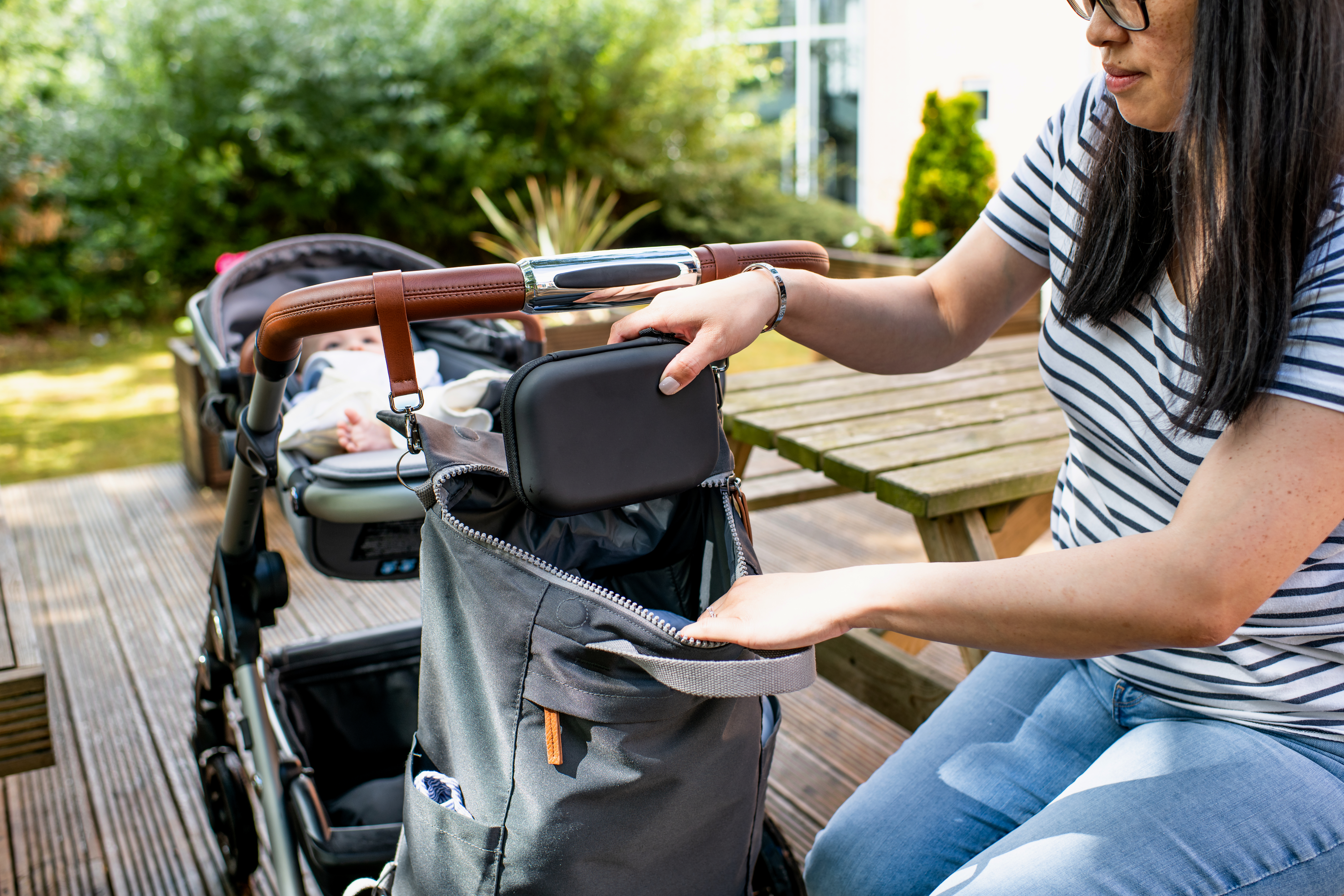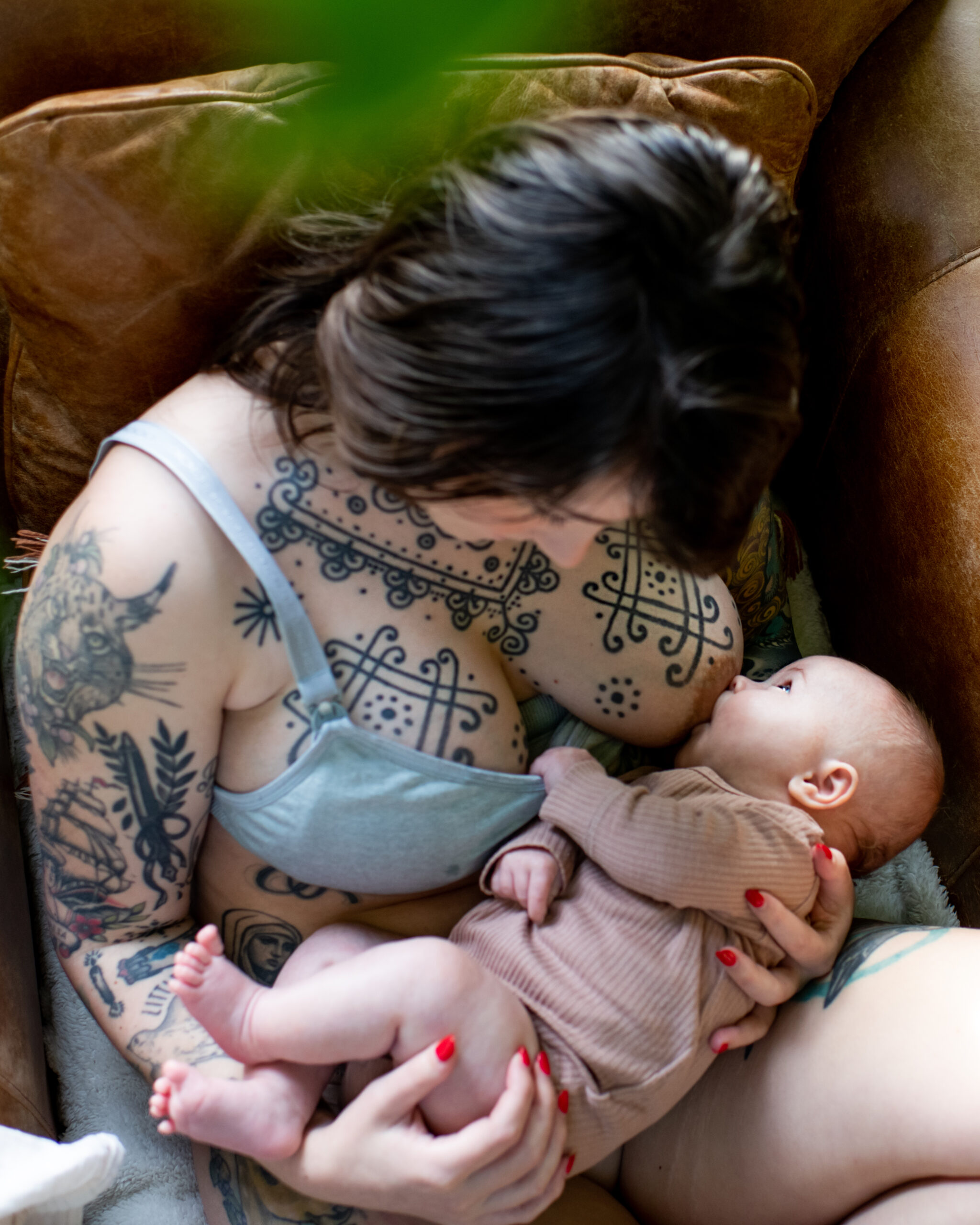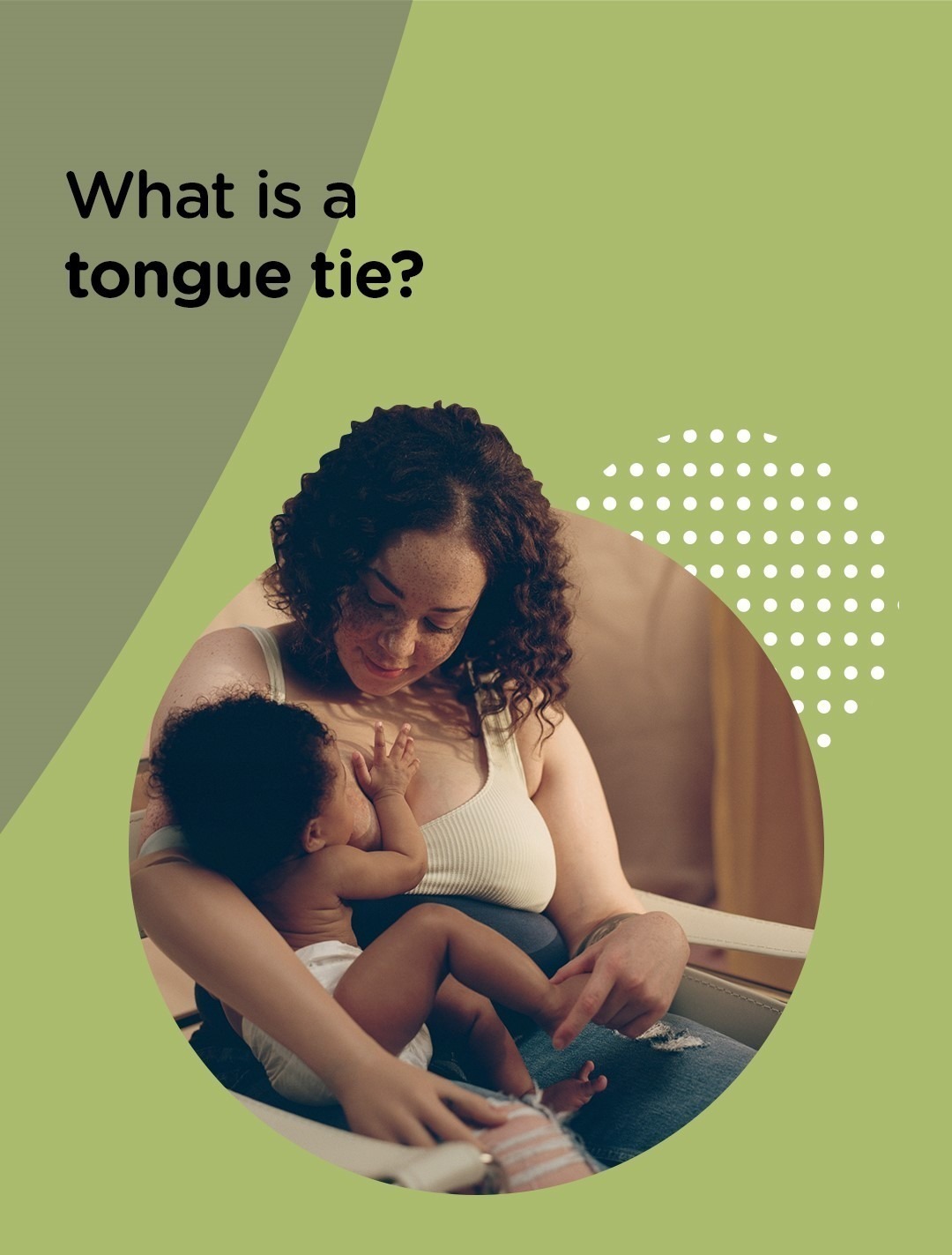You may be understandably worried if your little one has chilly hands but try not to stress too much about it. It’s not strictly true that a baby with cold hands or feet is a cold baby.
Little ones often have cooler hands and feet because their circulatory system and mobility are still developing. Their blood goes first to their vital organs that are still developing (like the brain, heart, and lungs) where it’s needed most.
As well as oxygen, blood carries heat all over the body. Therefore, it’s very common for newborns (especially those under the age of three months) to have chilly fingers and toes, as these are usually the body parts the blood reaches last.
Although cold hands are usually nothing to worry about, if you’re really concerned, you should always trust your parental instincts and reach out to your healthcare provider for advice.
We’re here to give you guidance on how to make sure your baby is warm, safe, and content.
DO I NEED TO WARM MY BABY UP IF THEY HAVE COLD HANDS?
It can be reassuring to know that cold hands or fingers are normal in little ones aged three months and under, and not an accurate indication of your little one’s overall body temperature.
It’s best to check your little one’s tummy, torso or the back of their neck to better assess their temperature. Their chest should feel warm and dry, not sweaty or cold.
If their body does feel a little chilly, pop on another layer and cuddle them close. If they’re a little warm, take a layer off and monitor your baby’s room temperature.
It’s important to regularly check the temperature of your little one, as the chance of Sudden Infant Death Syndrome (SIDS) is higher in babies who are too hot. You can use a digital thermometer to do this.
DOES MY BABY HAVING COLD HANDS MEAN THERE IS A PROBLEM?
Cold hands are not a problem on their own. However, if they’re accompanied by other symptoms (like a high fever, fatigue, vomiting, or breathing difficulties), they can be a sign of a more serious issue that requires medical attention. So, if your baby has cold hands and feet and shows signs of a high temperature, fever and continuous crying or unusual behaviour, a visit to the doctor is advised.
If your little one is behaving normally and they don’t have a fever, cold hands and feet are rarely cause for concern.
SHOULD I BE WORRIED IF MY NEWBORN BABY HAS BLUISH OR PURPLE HANDS AND FEET?
It can be shocking to see that your new baby’s tiny fingers or toes have a blue or purple tinge. But don’t worry, it’s normal. It’s known as acrocyanosis and caused by slow, developing circulation. After a few days, you’ll gradually see their hands change colour to match the rest of their body.
If you’re worried about whether your baby is getting enough oxygen, check their lips rather than their fingers or toes. Their lips should be pink and not blue.
If your baby has lips that look blueish or blue blotches on their body, they might have poor blood circulation. Certain conditions that result in a blue appearance on the skin or lips can cause harm to your baby. You should always seek the advice of your doctor if you notice that your baby’s skin has blue blotches or if their lips are blue.
WHY DOES MY BABY GET COLD HANDS AT NIGHT?
Young babies get chilly hands at nighttime because they move around less when they’re asleep. This normal reduction in movement means there’s less blood flow to their hands and feet, and so they feel cooler than the rest of their body.
Every baby will feel and react to the cold differently, so it’s important to use your parental instinct when putting your baby to sleep to decide how many layers are best.
Health professionals recommend that the ideal room temperature for a baby is between 16°C-20°C or 60°F-68°F. We recommend using a room thermometer like the GroEgg2 to reassure you and to get an accurate reading.
HOW CAN I PREVENT MY BABY FROM GETTING COLD HANDS AND FEET?
You should make sure that your little one is dressed warmly during the colder months of the year, but you don’t want to over bundle them. It’s important to avoid overcompensating by making them, or the room temperature too warm.
If your home does tend to be a bit colder, adding additional layers of clothing to your baby will usually be enough. Loose blankets and bedding are not recommended. Often, babies should only be dressed in one layer more than what feels comfortable to you, and their head should always be left uncovered.
To make sure they don’t become too warm and overheat, be sure to dress them in warm but light layers, in a suitable tog and monitor their temperature closely by feeling their tummy, torso or the back of their neck. You can also try gently blowing on their hands to warm them up, and make sure the room is at a comfortable temperature.


